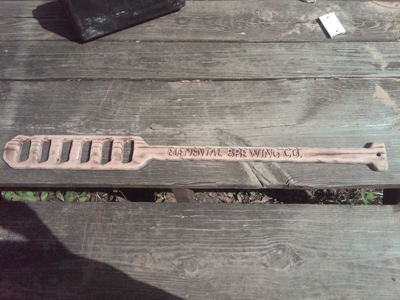tchuklobrau
Well-Known Member
Well after 3 hours last night of trying to research my question I have decided I need a new computer. However brewing is more important. So will post my question here and hope to get the answers I want.
While it appears that red oak and poplar have been used for paddles has anyone had any adverse affects from them( poplar being soft wood, and oak having the grain pattern it does lots of divits and recesses).
Is the general concensus to leave the wood natural? No finish of any sort? lindseedoil? thanks
While it appears that red oak and poplar have been used for paddles has anyone had any adverse affects from them( poplar being soft wood, and oak having the grain pattern it does lots of divits and recesses).
Is the general concensus to leave the wood natural? No finish of any sort? lindseedoil? thanks














































![Craft A Brew - Safale BE-256 Yeast - Fermentis - Belgian Ale Dry Yeast - For Belgian & Strong Ales - Ingredients for Home Brewing - Beer Making Supplies - [3 Pack]](https://m.media-amazon.com/images/I/51bcKEwQmWL._SL500_.jpg)













